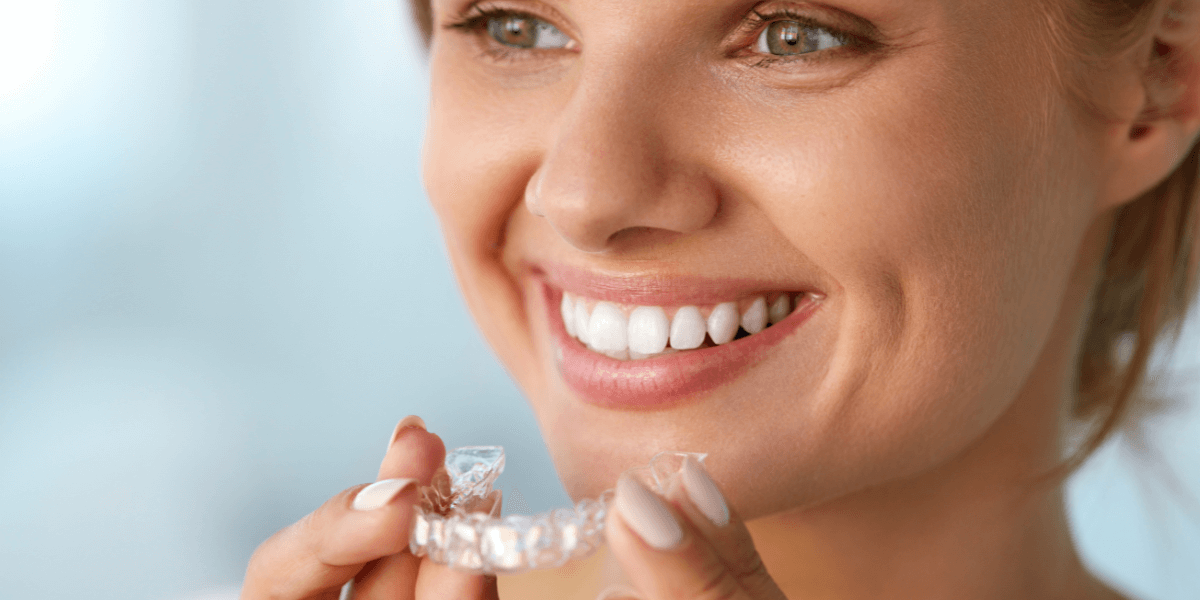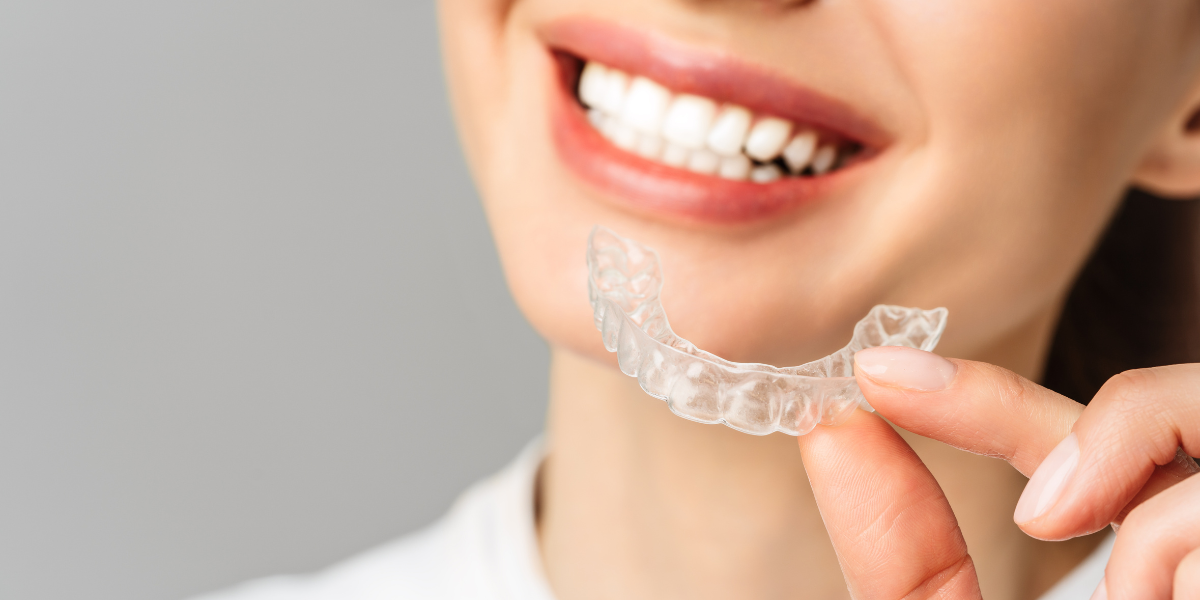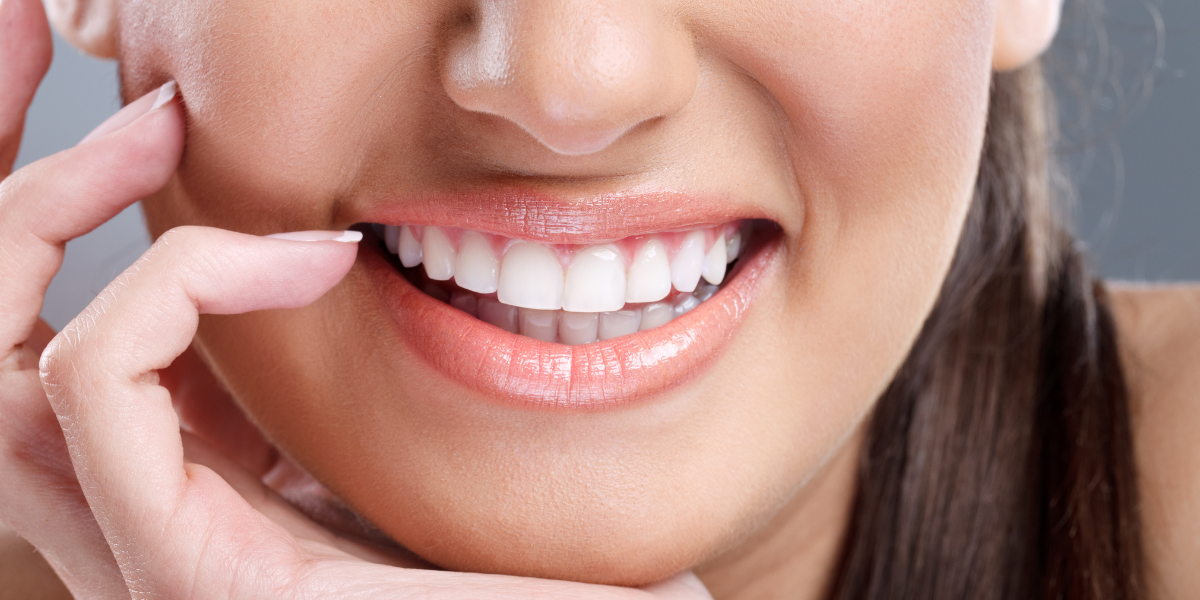
Risk of using teeth whitening below the minimum age
The use of tooth whitening on children is not advised for several reasons. The mineral content of baby a baby tooth is considerably less than that of a permanent tooth, putting a child at a greater risk for demineralization. There is a higher risk of irreversible tooth damage caused by abuse and overexposure. Accidental consumption of whitening gel is also a concern in children.
There is no commonly accepted approach for whitening of baby teeth. However, social distress resulting from tooth discoloration of the front teeth would be considered an exception. Bleaching of baby teeth should be performed solely under the supervision of a dentist and close observation of a parent. Thus includes review of the health history, possible risk assessment and establishment of an approach with minimal side effects and maximum benefits.
Typically, all permanent teeth are erupted between the ages of 12 and 13. Enamel calcification generally takes two years following the eruption of the last permanent tooth. Whitening before this process is complete can cause over exposure of the peroxide to the pulp of the tooth, leading to severe sensitivity. Applying Whitening gel to teeth that are not fully erupted or in the presence of gingivitis can cause uneven whitening of the tooth and will be very noticeable following the completion of eruption and the healing of tissue.








